Steph W. from SEOPressor


...help you check your website and tell you exactly how to rank higher?


93
score %
SEO Score

Found us from search engine?
We rank high, you can too.
SEOPressor helps you to optimize your on-page SEO for higher & improved search ranking.
By jiathong on February 5, 2020

There we said it. Keyword Research is the backbone of SEO.
If you think about it, everything starts with a keyword or search phrase.
People type keywords into the search box on Google to look up information. They explore by clicking on related keywords or finish their sentence with the autocomplete by Google.
For SEOs, though every one of us adopts different search engine optimization strategies, we always begin by finding the right keywords to focus on.
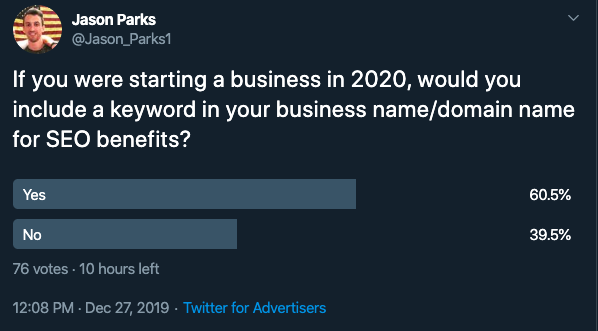
That is even right from the start when we pick out our domain names.
As a matter of fact, picking out your domain name is just the beginning.
Keyword research impacts every other SEO task that you might perform, including content creation, on-page SEO, and even social media marketing.
That’s the very reason why it is usually the start of every SEO to-do list.
If you look at present modern day marketing, it’s no longer just about finding your targeted keywords, it’s also about using keywords to inform your marketing.

Researching keywords is no longer just about identifying what words people are typing into search engines to find your business and your products or services.
Keyword analysis is increasingly important to provide valuable insights, to find out why they are searching for it and helping them understand what they want.
You may have already pre-created your buyer personas, but you can’t really consolidate and sort them without keyword data.
Because simply put, different user personas will conduct different search terms and use slight variations in phrases. Take for example, two buyers who are looking to buy flowers for valentines day can either go to the internet to search for nearby flower shops or roses for valentines day.

The intention is different and that drives different keyword searches.
That’s why going through keyword data can help you identify all variations of phrases and search intent based on a keyword.
This in turn will also let you come up with more accurate user personas that you can target and in addition craft more personalized and creative sales messages to win them over!
My favourite part of keyword analysis is that it gives you a better idea of how to answer search terms with relevant content. With one quick search on Google, you will know what your users are looking for and what to provide for that keyword.
For example, just do a quick search of “painting walls for beginners” and you will discover that most prefer a quick video instead of reading a how-to list.
For businesses, this also means identifying the money phrases and creating the relevant content for it.
Let’s say you have created a paid online survey website and described it with keywords related to money making and earning extra income. By chance, you may still get traffic but you will have a difficult time attracting the right audience.
Because while your website does indeed give people the opportunity for making extra income, people who first learnt about money paid surveys may still not be ready to commit.
A better keyword to target is the search term “survey for money” that are most likely looked up by users who already have an understanding of earning money through surveys.
However this does not mean you should just focus on money phrases, it is also important for you to create content for informational and educational keywords as it will help you create a strong brand and impression.
Think about it — nothing beats ranking on the featured snippet to show that you are an authority.
At the same time, keyword research can also benefit through letting you uncover more about your audience’s interest and where they stand in a funnel.
For example, you have a website that’s dedicated to staying healthy and one of your categories is food and nutrition.
You may have already written lots of content about nutritional advice, etc. But your keyword data shows you that your target audience is also searching for “what to eat after a run”.
What this tells you is that your target audience isn’t just interested in getting nutritional tips, but also in exercise. You could start catering to these interests by creating lists and blog posts covering these topics.
This will help you capture the attention of your audience much more effectively.
On the other hand, some queries for example, may also result in a Quora or Medium page which goes to tell you what social media platform you should be active on.
Finally, though It might be stating the obvious, but let’s not forget about the SERP rankings and organic traffic. By researching keywords, we have succeeded in growing our site’s traffic!
Creating our content and reoptimization strategy as informed by keyword analysis has helped SEOPressor’s traffic grow. Our overall blog traffic grew close to 50% in the next month.
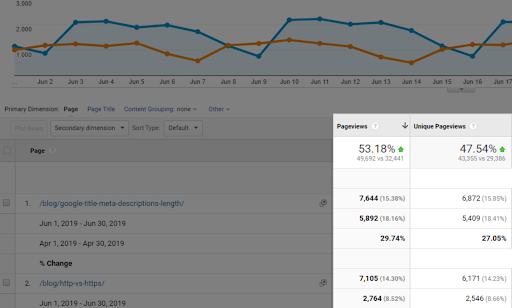
But one particular highlight was our HTTP vs HTTPS: The Difference And Everything You Need To Know blog post grew three-fold, from 2k to 6k after reoptimization for intent and keyword.
Now that you have seen the results analyzing your keyword can bring, next we will look into how and what exactly does it mean to do keyword research?

We have all performed some basic or complex keyword research, for a variety of purposes.
For ecommerce marketers, it can be simply to see how you should name your product listing or for budding YouTubers, it can be to determine how you should title your YouTube video.
Truth to be told, there is no single definition or process to keyword research and here we decided to provide two basic explanations for keyword research: through the eyes of a digital marketer and an SEO.
For any digital marketer, keyword research is about identifying the actual search terms or phrases that are often used by their potential audiences.

For SEOs, keyword research also involves an added value of metrics which we use to identify the best keywords to aim for first.

Now it’s time to go through the actual keyword research. Before that, here are some important keyword tools and metrics you should know.
In contrast to evergreen keywords are popular keywords, but even popular keywords can be seasonal. That’s where Google Trends comes in.
What is Google Trends, you ask? It is a platform that allows you to analyze the popularity of search queries in Google search across different regions and language.
With Google Trends, you can explore what topics people care about and when they care about it. The tool will also give you data not just for today, but a longer period of time.
While the keyword tool is often under the radar when it comes to keyword research, I find it to be one of the most important steps in the beginning, especially when you decide on your content topic and ideas.
Let’s say you are running a business selling chocolate, you might want to find out between dark chocolate and white chocolate – which is more popular.
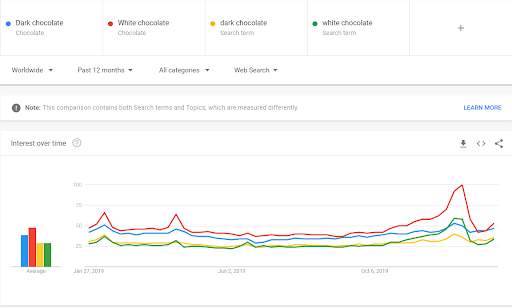
Turns out many prefer their chocolate sweet.
This here is one of the cool things you can do with Google Trends — comparing search terms. You also might have noticed that I have repeated the same chocolate twice, but if you have a closer look, it is actually not the same.
When using Google Trends, topic keywords will include all search terms related to it while search terms are the specific terms.
Now that you have your keywords from Google Trends, know that the results shown are actually relative search volume and not the actual search volume.
Next, it’s time to use Google Keyword Planner.
Most SEO’s favorite tool, there is so much to talk about Google Keyword Planner that Brian Dean wrote a super long blog post about it here.
To avoid confusing you, let’s just focus on the two primary keyword research metrics in Keyword Planner, which are: search volume and competitiveness.
Keywords with higher search volumes mean more potential exposure or impressions, but will also likely be much more competitive.
This can make it harder to rank these terms as you will most probably be going up against well-established publishers.
To decide which types of keywords to target largely depends on your marketing goals.
If you are working on a brand new website, you will want to start by targeting low volume keywords with average monthly searches between 100 to 1k.
On the other hand, if you have an established website that already has several strong organic rankings in the niche, you may want to target higher volume seed keywords.

So running on the same chocolate business idea where you decided to go with white chocolate, you will see other related keyword ideas that can let you find out what kind of white chocolate are in search demand.
A keyword research tip is to always do these searches yourself and find out what is being shown in the SERP rankings.
Because having done enough keyword analysis, I’m sure you will find there are times when a single search query may have different user intents. In these cases, it is the most popular user intent that will be featured at the top – not the site with the most keyword anchor text.
This goes to tell you how important search intent is which we will cover below.

Keywords are something users type in the search bar when they are looking for something. As businesses, we need to attempt to guess what our target audience would type in the search bar and their intent.
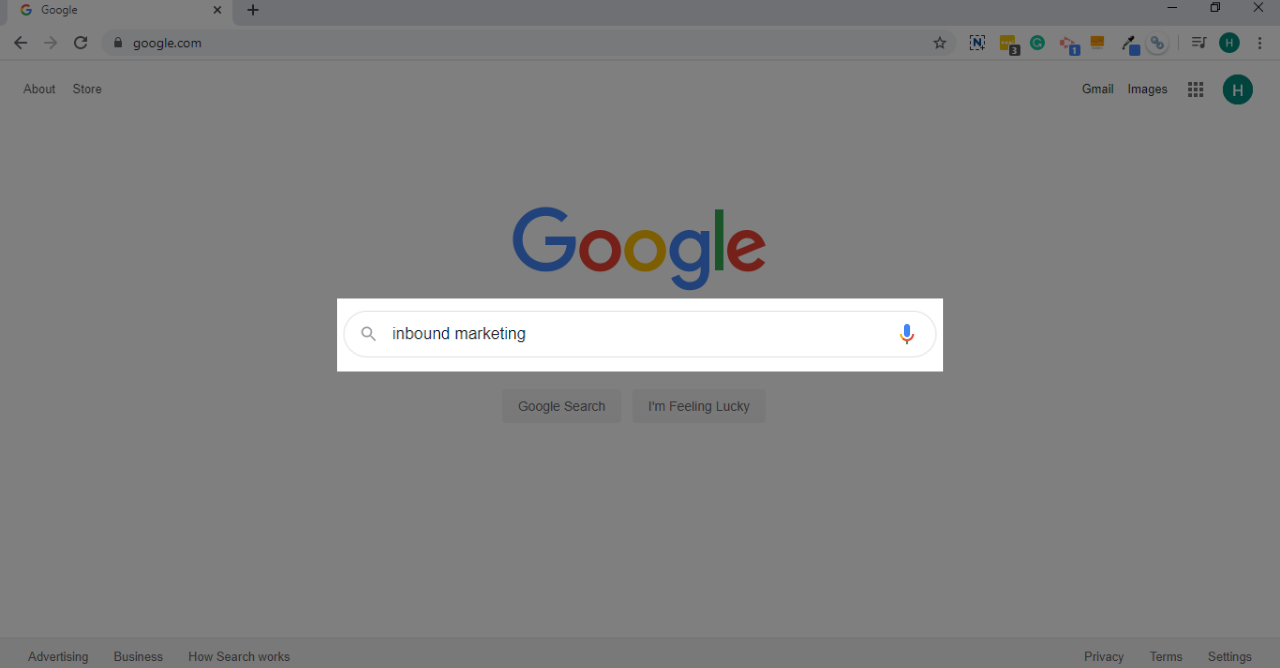
If you’re wondering why we do so, it is because we want to show up on the search engine result page (SERP) for the keywords they entered.
If we guessed it accurately, it’ll bring us various benefits such as traffic, conversions and more!
To guess it accurately, you will need to understand the types of searchers’ intent and the types of keywords.
So, without further ado, let’s begin with understanding the 4 types of searchers’ intent first before we move to how we can target them.
There are four main types of searcher’s intent. They are navigational, informational, transactional, and commercial.
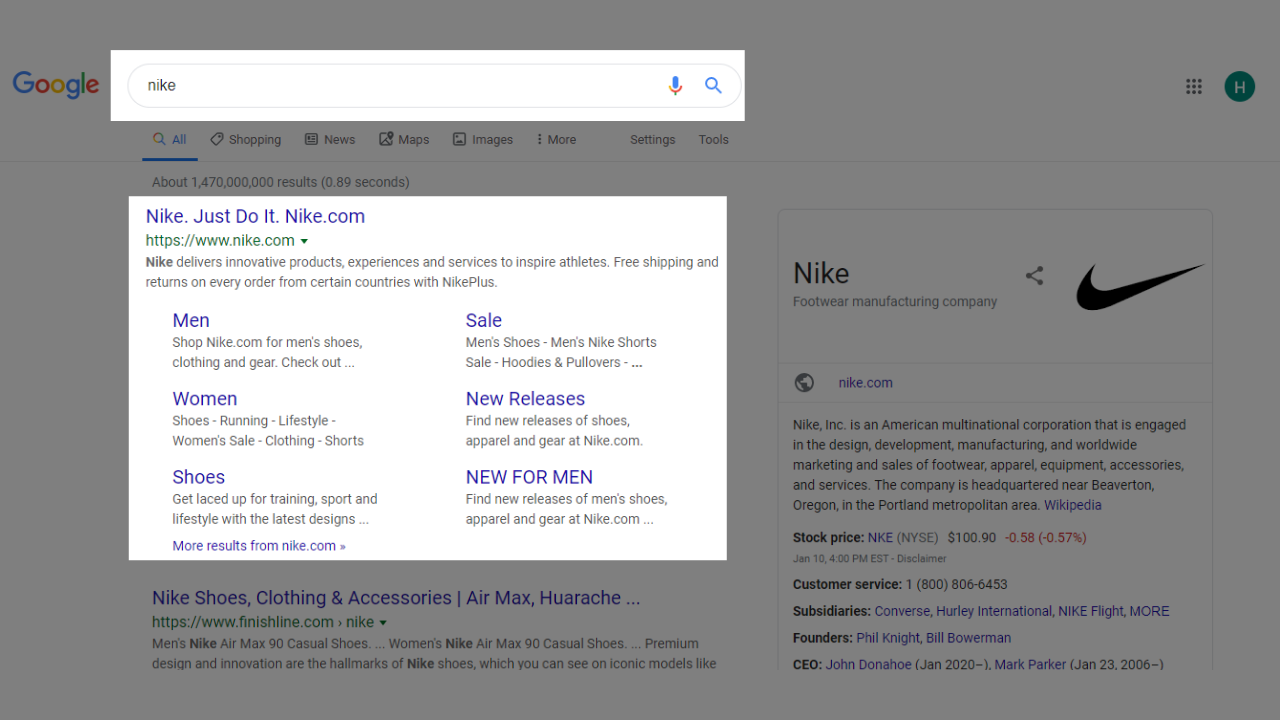
A navigational search is a search with the purpose of finding or reaching a specific website or webpage. An example of a navigational search would be “Nike”. The search will lead users to Nike’s website.
Now, for navigational search, it could be difficult to rank for that search organically as users already know which websites they want to visit.
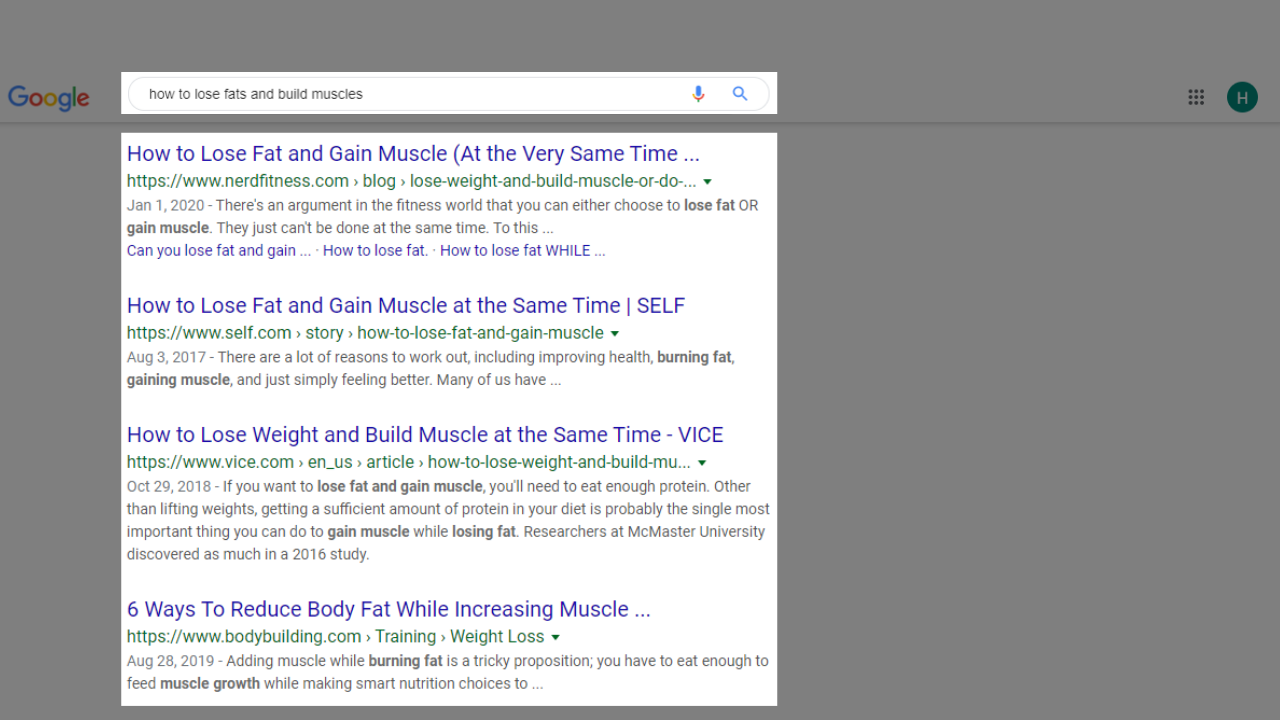
An informational search is a search with the intent of finding more information about something. It could be anything; a business, a product, or an event. An example would be “how to lose fats and build muscles?”
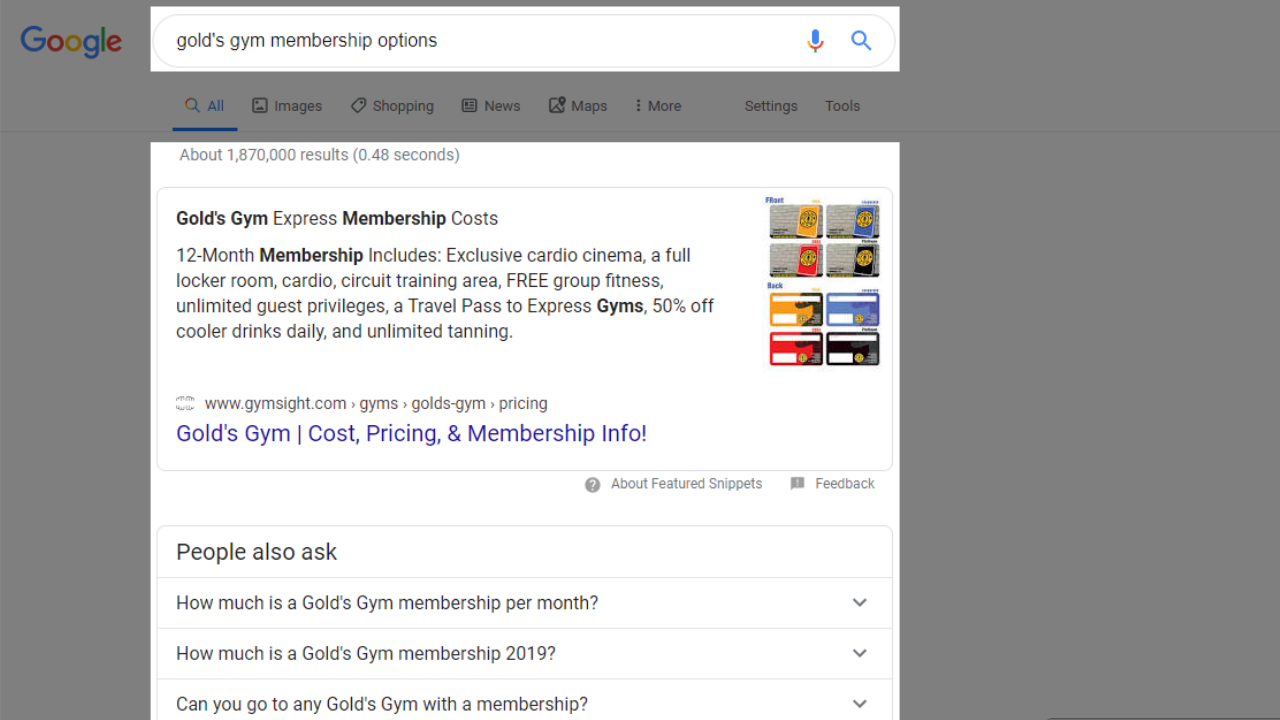
A transactional search is a search that users make when they want to purchase a product or service.
An example would be “Gold’s Gym membership options”. In this case, the user is ready to make a purchase if they find a deal that suits their needs and budgets.
A commercial search is where users are comparing the different alternatives that they have through the information they find online.
Examples of commercial searches would be “Gold’s Gym Review” or “Benefits of Apple Watch Nike”.
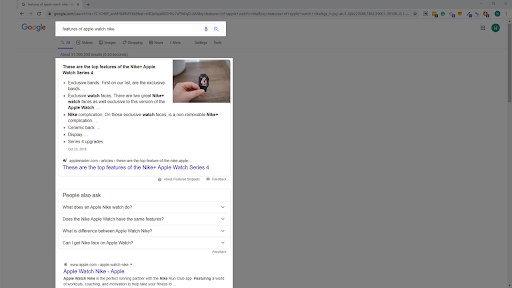
Now that we know the 4 types of searchers’ intent, let’s look at the types of keywords we can use to target them.
As their names suggest, a short-tail keyword is key phrases that are short and vice versa. Short-tail keywords typically consist of less than 2 words, whereas long-tail keywords consist of more than 3 or more words.
Here are some examples to get you started:
Short-tail keywords: running shoes, dance class, WordPress plugin
Long-tail keywords: best Nike running shoes, dance classes for kids near me, WordPress SEO plugin
To know which type of keywords would be best for you to target the searchers’ intent, you will need to know the characteristics of them.
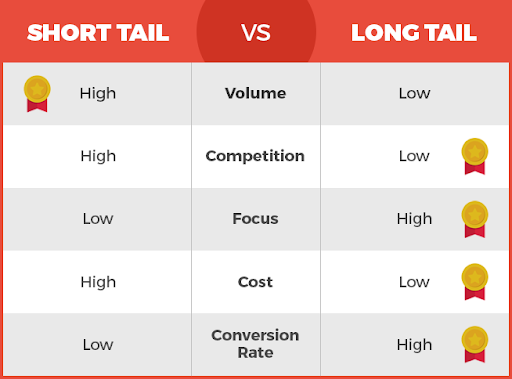
The characteristics are all related. Let’s start with short-tail keywords.
Short-tail keywords are keywords that have low focus. They are general keywords that get a high volume of searches. This is evident in the SERP. When volume is high, the competition, without a doubt will become high.
Hence, the cost to rank for the keyword would be high as well. Considering there are many competitors, and if your business isn’t ranking well, the conversion rate will be low.
For long-tail keywords, the characteristics are the complete opposite. They are focused keywords. Not all users type in the same focused keywords. With that said, their search volume is low as well as their competition.
The cost to rank for this keyword will be low. On the other hand, the conversion rate tends to be high.
In conclusion, long-tail keywords would be easier to target and rank for, if you’re not widely known yet. With these characteristics listed, it should be clearer for you to decide which type of keywords are best for your business.
We do have a more detailed blog post on these two types of keywords, read them here: Side-by-side Comparison of Short-Tail and Long-Tail Keywords.
Short-term fresh keywords are terms popular for a specific time period only. It could be a one-time popular event or it could be a yearly event. Meaning, it will only get search volume during that period of time.
On the other hand, an evergreen keyword is a keyword that is relevant all the time. Meaning, there will always be people searching for the keyword and wanting to read your content even if it’s written 2 years ago.
You can determine how fresh or evergreen a keyword is by using Google Trends.
An example of a short-term fresh keyword is “winter jacket”.
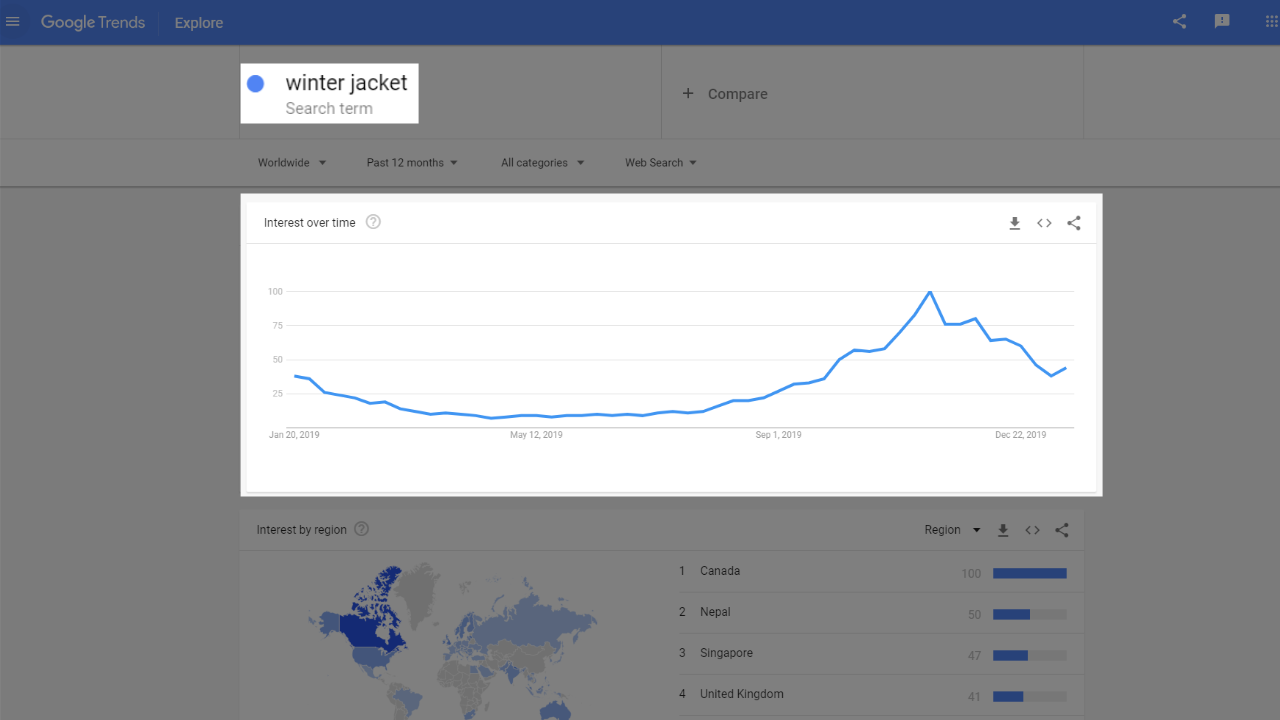
As you can see from Google Trends, the interest starts to increase around September and reaches its peak in November. That’s because winter is around the corner.
What do you do with this data? Well, you’ll know when is the right time to start promoting your items and focusing your efforts. Promoting them in May wouldn’t bring you much good as compared to October.
Now, let’s look at an example of a long-term evergreen keyword, “build muscle”.
As you can see from the Google Trends result below, the interest over time is pretty high and consistent.
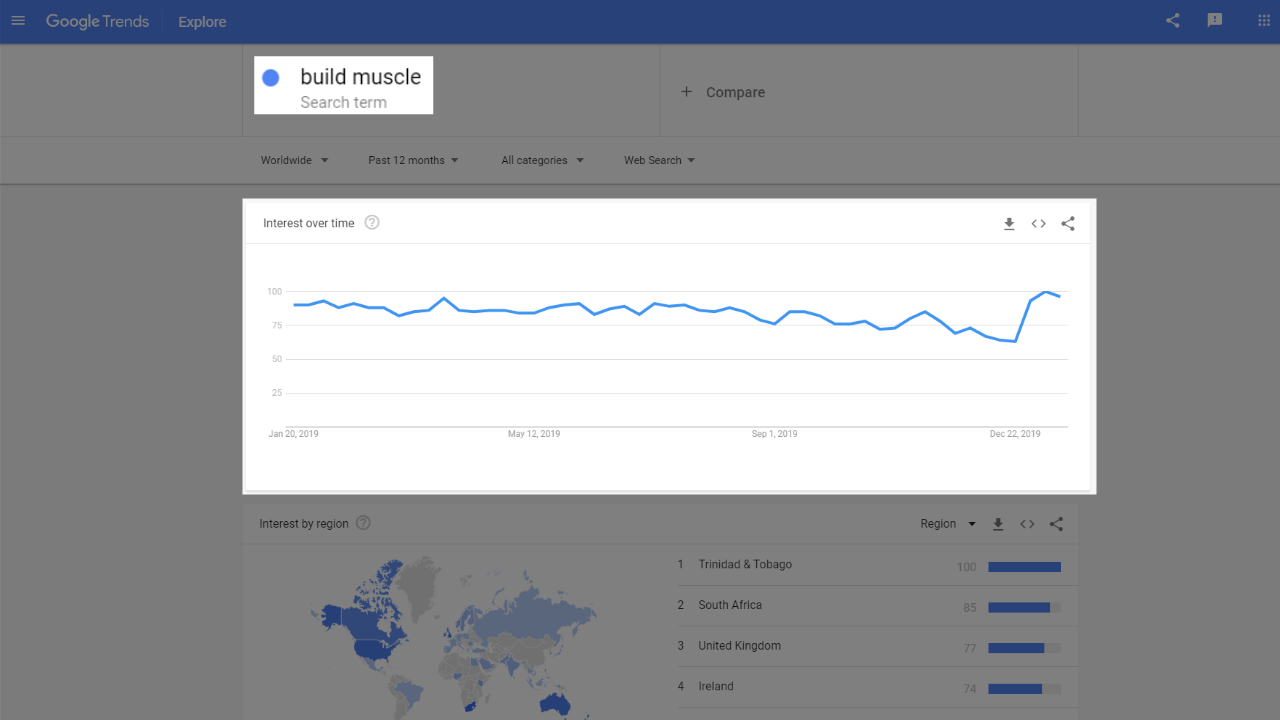
It’s simple. It’s getting traffic consistently because it can be talked about at any time of the year.
These two examples show how helpful Google Trends is when doing keyword research. So, starting today, remember to take a look at the trends of your keyword before writing. You should also refer to the interest by region as well as related queries below.
Surely, a business must have a targeted persona. A targeted persona will help you drive your marketing campaign better and more effectively.
It’s rare to have one-size-fits-all products. So, address your target audience clearly. It may only add one or two words to your product but it makes a whole lot of difference.
If you’re selling bikes, you will have different bikes for men, women, and kids. Adults without children may not be interested if they were shown the kids’ bikes. So, it’s very important to identify your target audience, in order for them to find you.
Trek has perfectly utilized customer defining keywords.
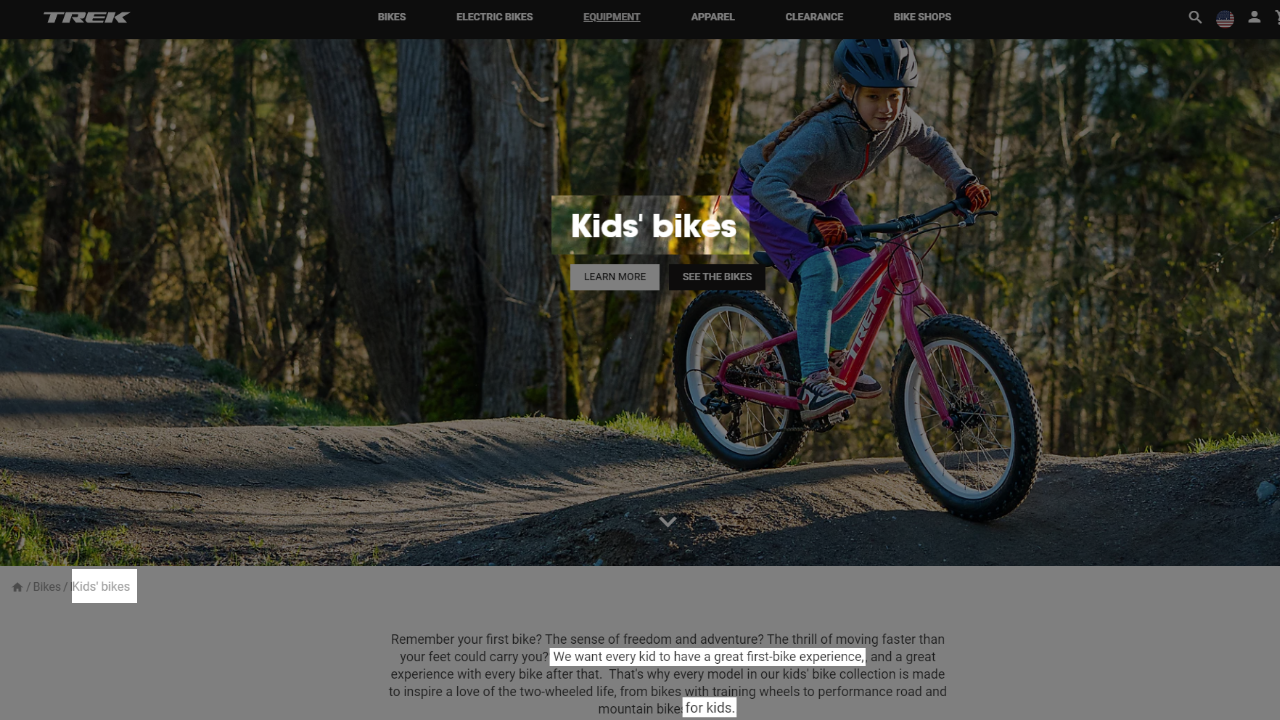
This type of keyword is especially helpful for small local businesses. Typically, they’re used to getting people to a storefront.
Geo-targeting keywords make search results more relevant as it is more focused.
Let’s say, Jeffrey, an Iowan, typed in “Carpet cleaning in the United States” in the search engine and got the results below.
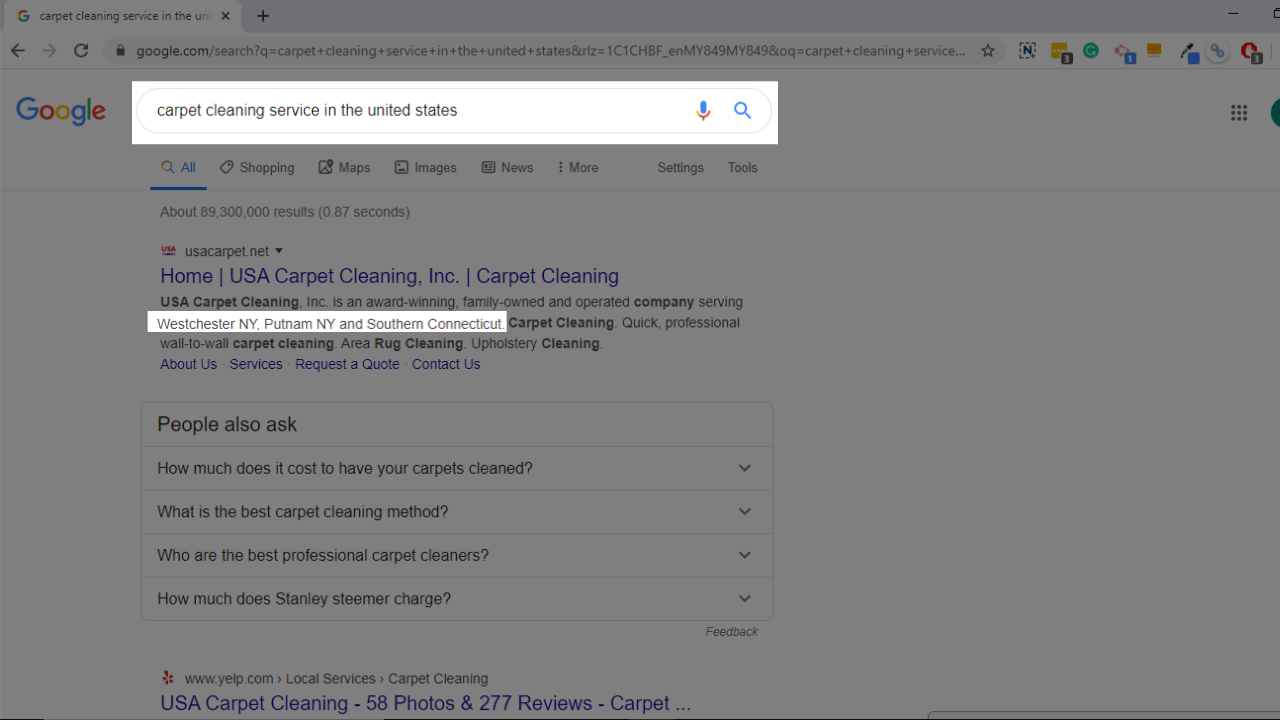
Do you think Jeffrey would consider the search result?
No… because it does not serve Iowa.
Then, Jeffrey decided to be more specific and typed in “Carpet cleaning in Iowa”. He then got the results below.
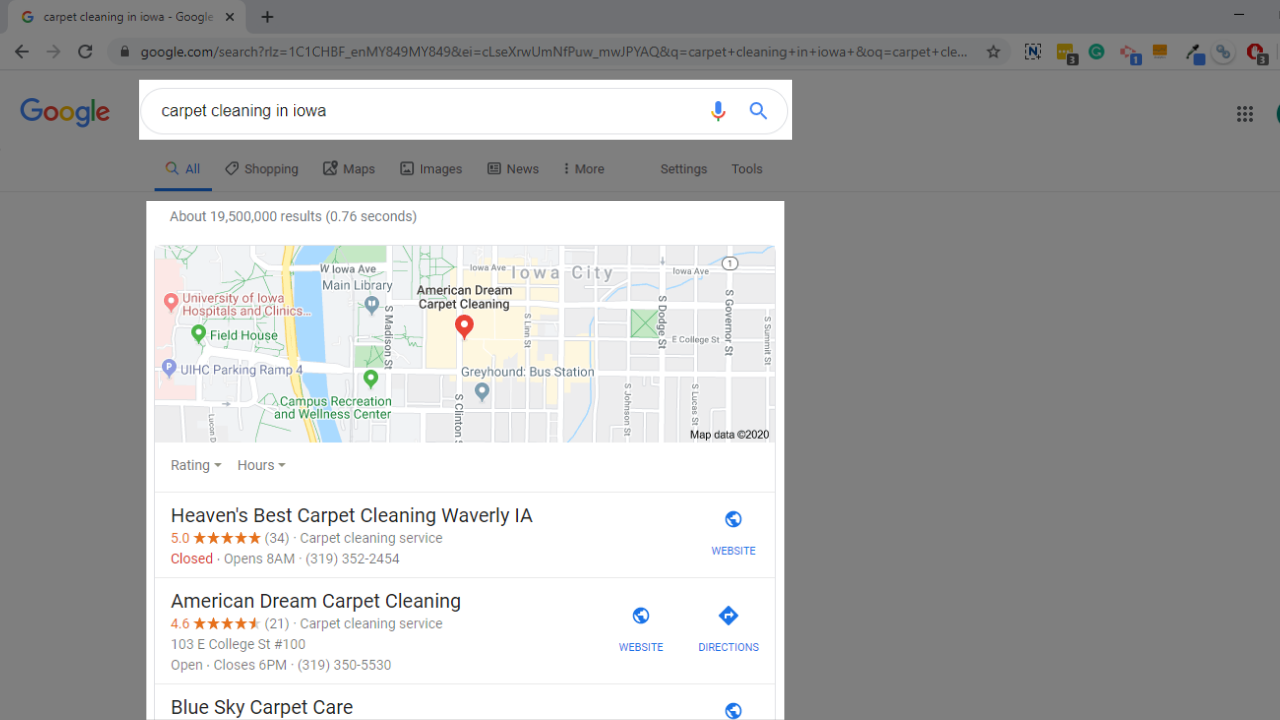
What about now?
Jeffrey finds this helpful and begins looking into them one by one because their relevant and serve the Iowa state. He ends up having an appointment with one of them.
There you have it, the power of geo-targeting keywords. Also, if you noticed, the search results are also way less, meaning, there is lesser competition.
LSI keyword is short for latent semantic indexing keywords. LSI keywords were never meant to be synonyms.
They are keywords that are semantically related to your main keyword, which means, keywords that have a high degree of correlation with each other.
They’re used in content to give contextual information to the search engines and the users. When your page is better understood and provides good value, it will get a better ranking.
Let’s take the word “apple” as an example.
If in a set of content we can find the words “vitamin C”, “sweet”, and “healthy”, we know that the word “apple” is referring to the fruit.
On the other hand, if words like ” camera”, “accessories” and “music” are being used, it is clear that the word “apple” is referring to the giant tech company.
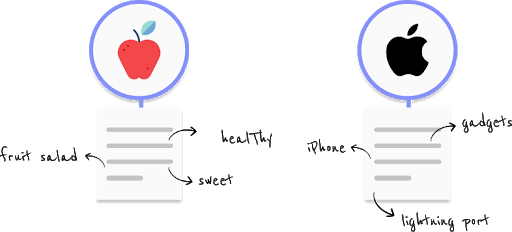
Image credit: LSIGraph
Can LSI Keywords help you better understand user intent?
Why yes, yes it can. With the list of LSI keywords generated, you get an idea of what other relevant keywords users are searching for. With that, you will know what else interests your readers and this will contribute to the big idea.
Another upside of LSI keywords is that you may appear for keyword variation/ multiple keywords.
In the next chapter “List of Keyword Research Tools”, I will teach you how you can find LSI keywords.
For informational search intent, users are trying to know more about a particular item. Keywords that frequently appear in informational content are “benefits of”, “ways to”, “guide”, and the 5W 1 H (who, what, where, when, why, and how).
Just one tip to remember; the ultimate aim is to educate readers.

The next intent is commercial intent. When making this search, the users are more interested in making a purchase. Your goal is to provide them with plenty of valuable information and then get them to make the conversion.
Use keywords like product description, features, shipping fee, and places of origin. You will also need to do keyword research to know what to include in there.
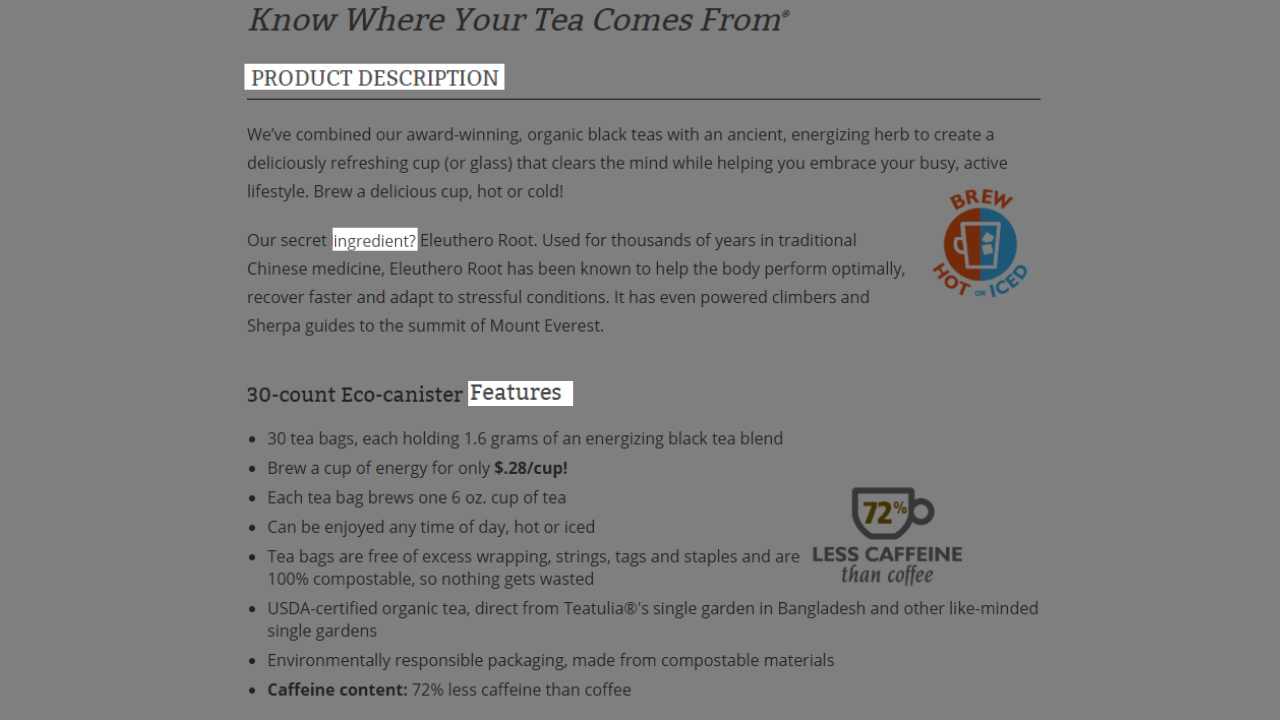
The last intent is transactional intent. This is the process where users are ready to make a transaction. You need to give them a good reason why they should buy from you.
So, consider using keywords like “best quality”, “guaranteed”, “sale”, “free shipping”, and “no-fuss refund”.
For a more detailed information on the types of keywords, read 9 Types of Keywords in SEO You Need to Know to Convert.

Let’s get into how anyone can get started on keyword research. The basic step is actually done where you understood the metrics you should know; which is also provided by keyword research tools.
The next step is to know the tools that will give you information about keywords.
With these tools, you’ll be able to create a keyword silo for your content planning, which allows you to interlink your blog posts strategically.
Besides focusing on just your own keywords, you will also need to study your competitors. Keyword research is never complete if you don’t find out what keywords your competitors are ranking for.
I’ll bring you through how you can perform competitive research and keyword gap analysis in just a bit.
Let’s take a look at the list of keyword tools first.
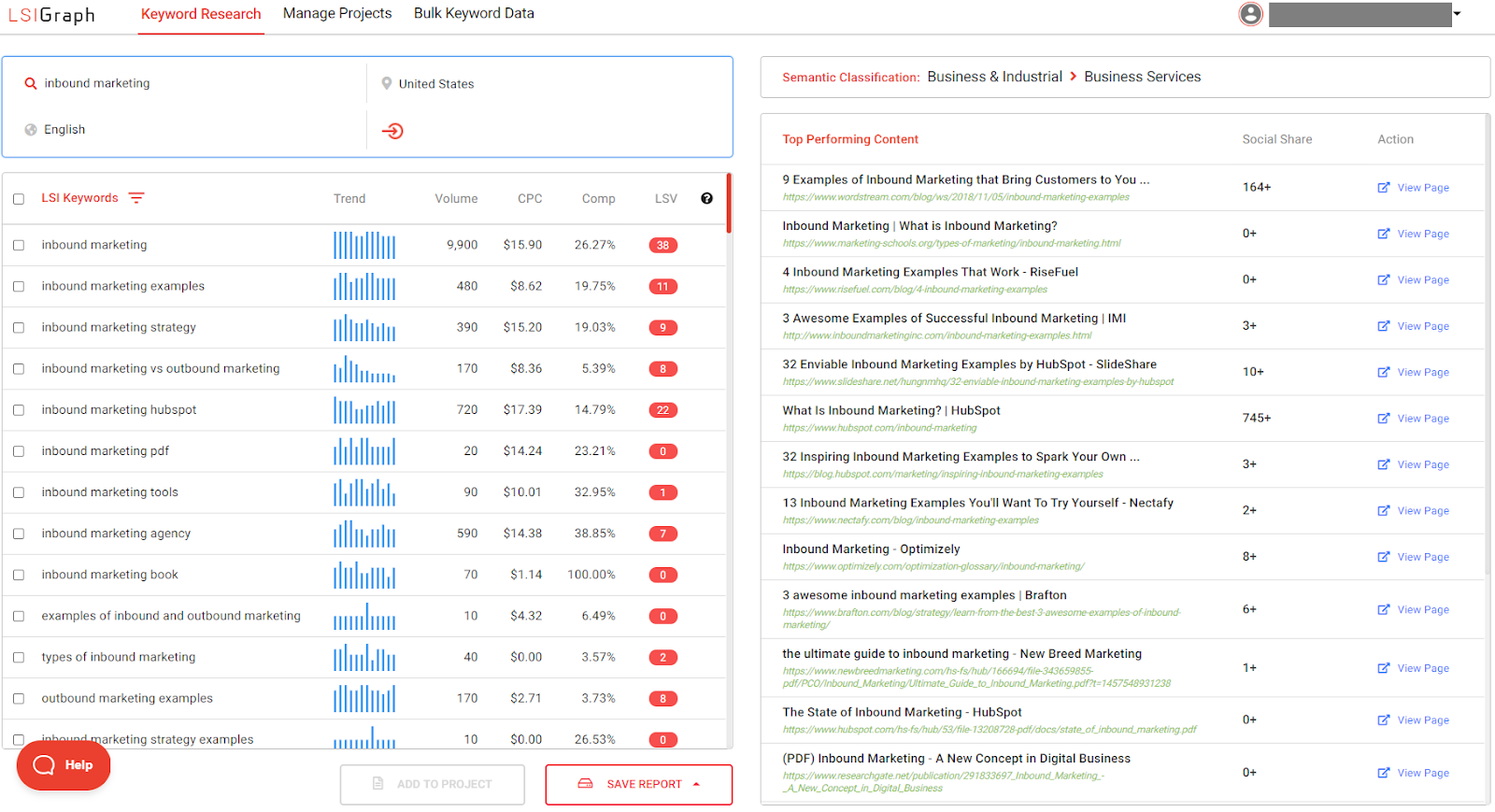
Yes, I’ve mentioned this tool earlier.
LSIGraph is a freemium keyword research tool. Specifically, it’s an LSI keyword generator.
It will give you hundreds of keywords that are semantically related to your target keyword. Just like most keyword tools, it also provides you with trends, volume, cost per click, and competition.
However, what makes LSIGraph unique is its LSV value and semantic classification.
Some additional features of LSIGraph premium are white-label reports creation, project management, and bulk keyword research.
BiQ. Have you heard of it? I think most of you who visit our blog occasionally would know about BiQ by now.
For those of you who do not know what BiQ is, let me introduce. It is an SEO Suite but it isn’t like the rest. BiQ prides itself as the World’s First SEO Suite That Lets You Control The Price.
In simpler words, you will only need to pay for the features you use. Enough introduction, if you would like to know more about the suite, here’s their homepage: BiQ Keyword Intelligence.
Of course, BiQ has a module that allows you to do keyword research. Its module is pretty awesome, I’d say. I’ve tried the tool firsthand during their first beta.
Check out a screenshot I managed to take:
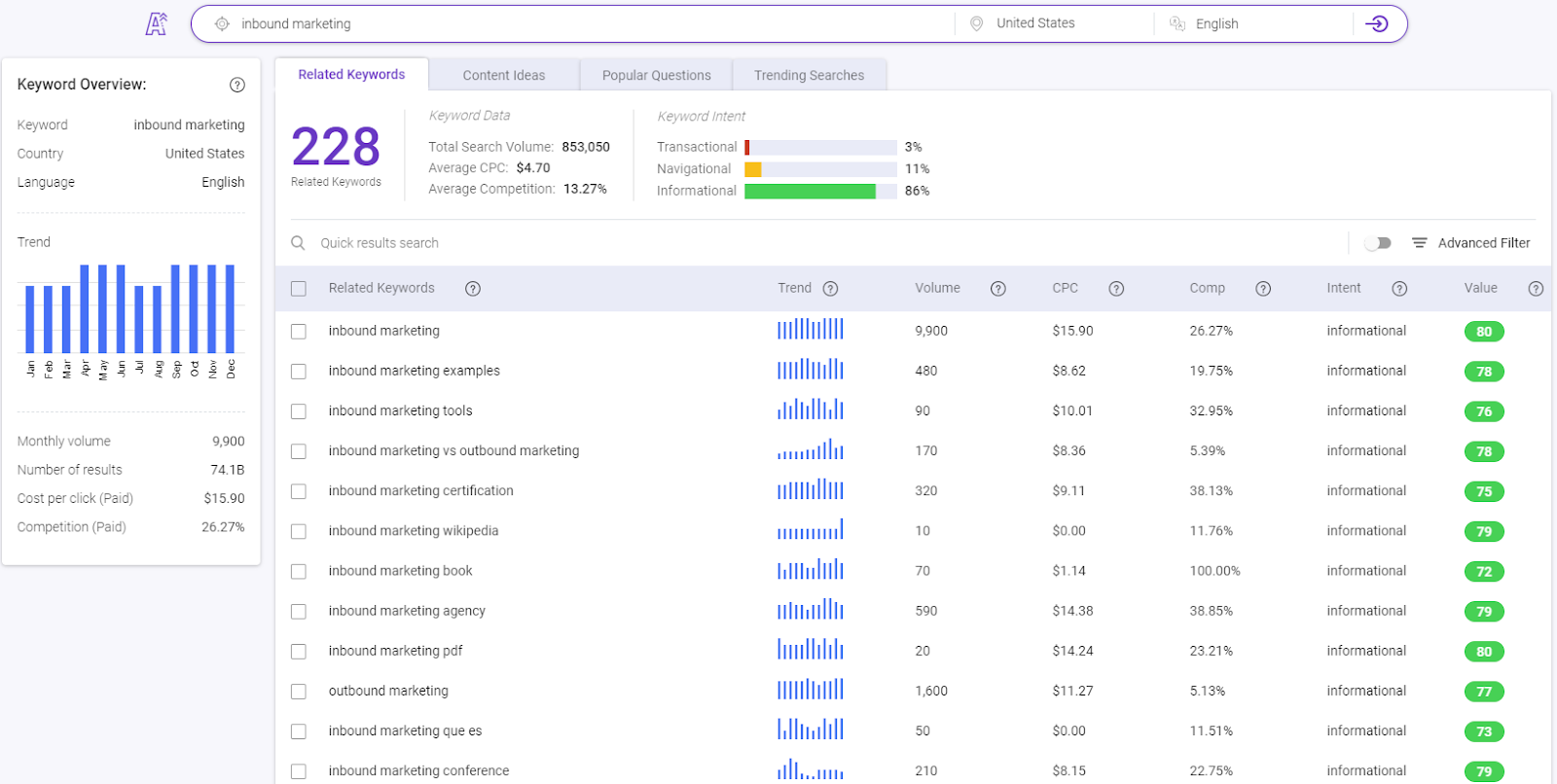
Do feel special, because you’re one of the first few people who’ve seen the inside of BiQ.
Just like LSIGraph as mentioned above, it has data like other keyword tools. However, BiQ goes a little wider. It allows you to filter results by search intent, long-tail, and relatedness.
BiQ’s Keyword Intelligence module also gives you content ideas, popular questions related to the keyword, and trending searches involving that keyword.
To summarize, you can do a lot with this tool and get lots of important data. It’s still in the beta stage, and it is actually inviting people to test the tool. If you would like to be amongst the first to try the tool, request early access here: Early Access for BiQ.
You may, or may not have heard of this tool, depending on when you’re reading this post. RankingGap is a pretty new keyword gap analysis tool that helps you capture you and your competitors’ keywords.
Unlike most keyword research tool that requires a certain degree of guesswork, RankingGap gives you all the keywords that are already proven to rank on the SERP.
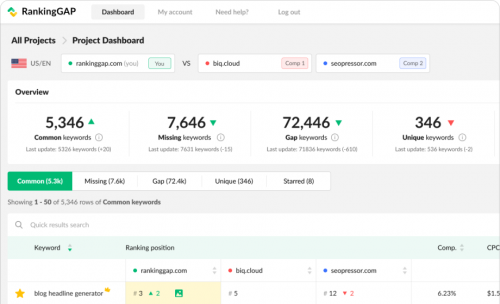
Just like what the screenshot above is showing, they have 4 keyword views as listed below, that makes the core of the tool:
Simply said, you can do your keyword research and competitor analysis at the same time! Get the keyword gap analysis tool here: RankingGap.

Now you basically know everything from tools to use, metrics to look at, and understanding searchers’ intent.
But there’s more to come.
Do you know where to use your keywords for SEO?
Some may think that everybody knows the answer to this, but the truth is, not everybody does. We all know that there are some people out there who are only focusing on putting their keywords in the content.
Well, that’s not it. Now, for the keywords that you have decided to use, there are many other places you should add your keywords, if applicable. They are as follows:
The title and description tag is the first thing that users see in the SERP. What’s the point if you have the keywords in your content?
Even if you rank for a certain keywords because it’s inside your content, chances are some of the users will not click into it because the title and description tags doesn’t give them exactly what they want.
So, start adding your keywords to your title tags and meta description. If you noticed, search engines are mainly showing results that contain the keyword in the title tag and meta description.
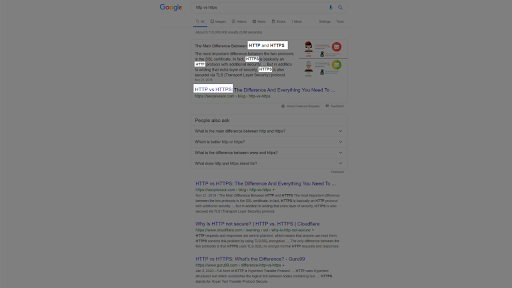
Let’s hear what John Mueller of Google said about headings:
“H1 elements are a great way to give more structure to a page so that users and search engines can understand which parts of a page are kind of under different headings. So I would use them in the proper way on a page.”
With that said, the next place you want to put your keywords at is your headings. Headings are a great way to tell the search engines and users what your site is about.
Heading tags also tend to appear as short answers in the featured snippet often, so you would want to do some keyword research on what keywords to have in your headings.
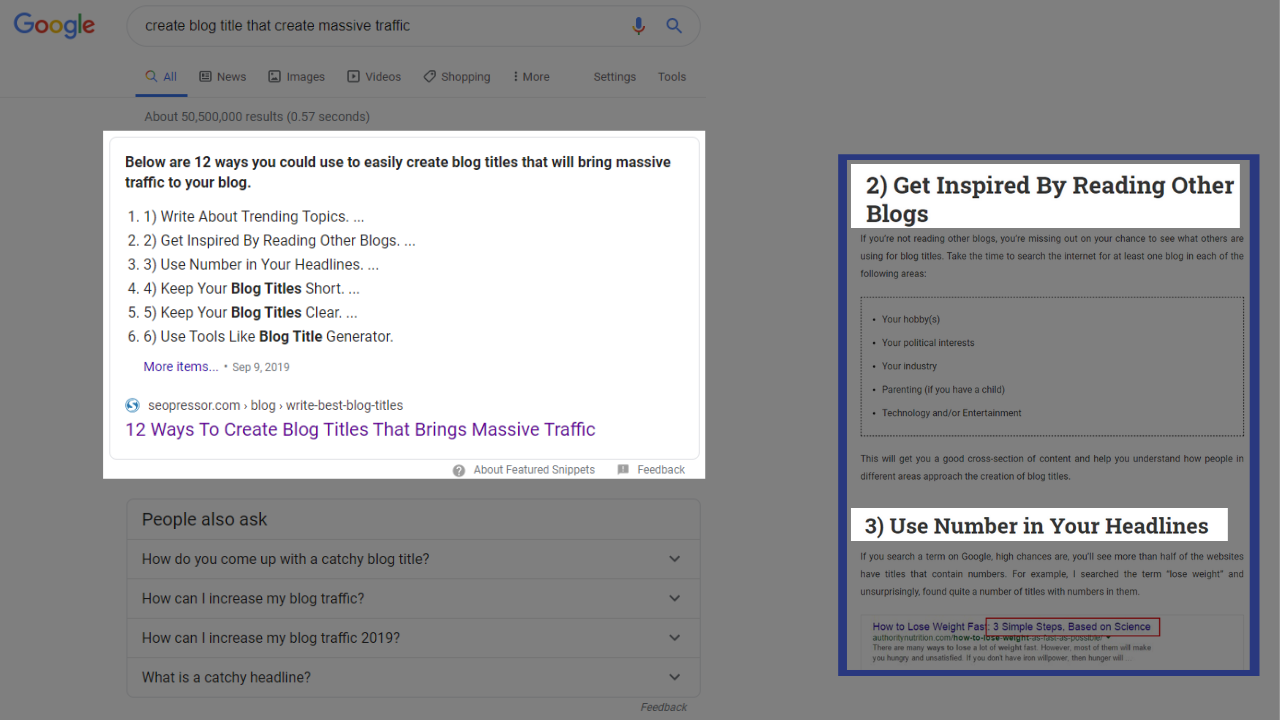
Process Street has demonstrated a pretty good way to use the keywords LSIGraph generated as headings. Take a look below:
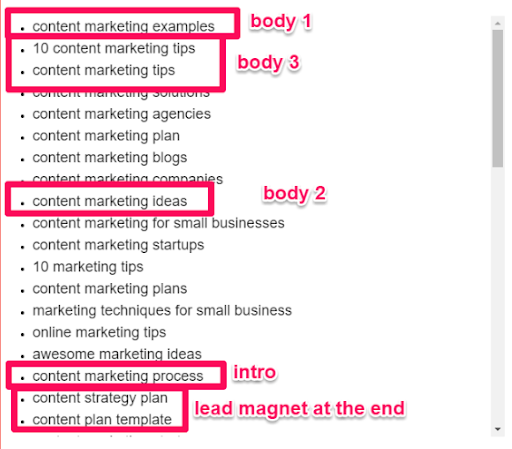
Image credit: Process Street
I personally think that it’s a brilliant idea.
Image alt tags is an HTML attribute applied to image to describe what the image is about.
The main purpose of using an alt tag is to benefit visually impared users who use screen readers, users who turned off images and users that use text-based browsers.
So, use alt tags to provide good experience to the users and give search engines a better idea of what the image is about.
The alt attribute will also show on your page if your image cannot be displayed for some reason. Here’s an example from Google:

Image alt tags by Google
Lastly, having keywords in your image alt tags and title may give you a better chance of showing up in the search engine.
Anchor text are words that contain links. Having keywords in your anchor text helps to give users and search engines an idea where the link is leading to.
It also gives the search engines a good understanding of what your post is about. Just remember to use a LSI keywords in your anchor text to avoid Google penalty.

Now, I’ll be sharing with you some tricks and advice for ranking through keyword research.
The first being creating a content silo, and the next, conducting keyword gap analysis.
Content silo means grouping up your content based on the topic.
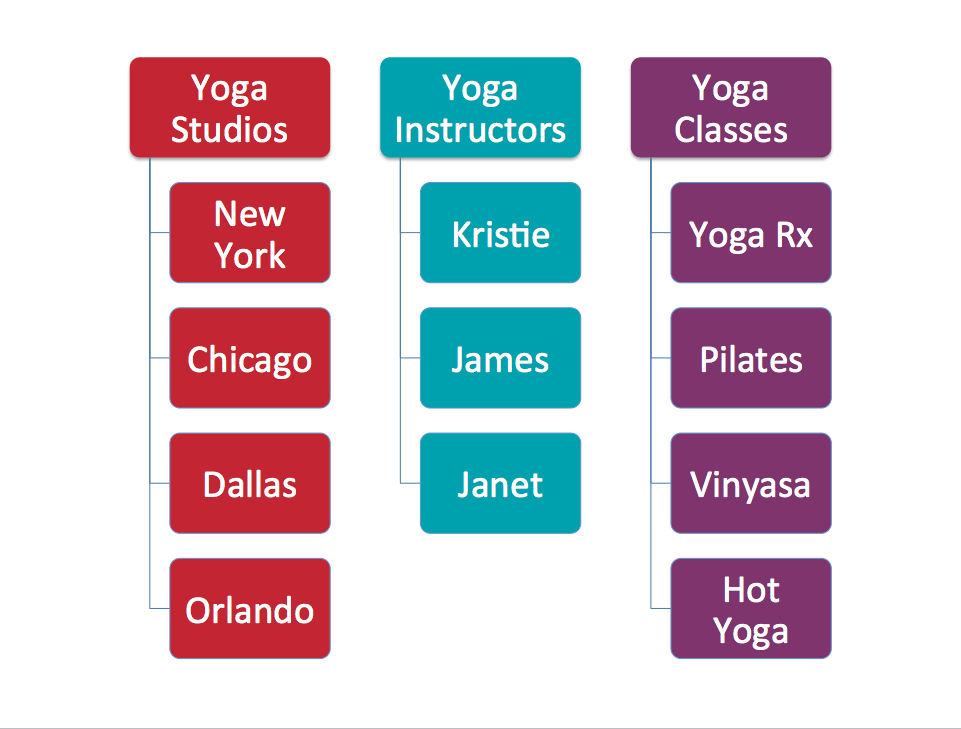
This can help you in 3 ways,
easier navigate
2. It’s also easier for your writers or you yourself to systematically pump out content focusing on 1 topic at a time
3. Having a good amount of content on the same topic, closely placed in your website helps search engines understand and associate your website with the topics which you are an authority in.
“Design your site to have a clear conceptual page hierarchy.”
When you have content silo, Google understands the width and depth of your expertise better.
Look at these examples,
In these examples, the blog posts are all filled under /blog without further categorization.

Here, the blog posts are further categorized based on their topic, be it keyword-research or on-page-seo.

![]()
Which one do you think is easier for the readers looking for a certain blog post? Going through all the posts under blog or clicking on the silos for the topic they are interested in?
This shows that having a taxonomy helps you organize, maintain, display, personalize, and ensure content discovery around your audience’s buyer’s journey
You start losing visitors and sales if the content on your pages are organized in ways that
Does not match user expectation
Not easily discoverable
First, decide on the depth of the silo – how many levels do you want?
It is best to control your content silo at 3 levels. Any deeper than that, it becomes harder to navigate.
Let’s look at this
fashion.com/female/jeans
Vs
fashion.com/casual/bottom/female/denim/jeans
The first one is definitely easier to navigate right?
Imagine the amount of frustration you’ll feel having to navigate through so many categories and layers just to look for a pair of jeans.
This shows just how important it is to have less than 4 silo layers.
Make sure that your top tier silo actually makes sense.
If you’re providing writing service, the first tier of your silo should look like this.
Service & Pricing, Sample, Contact us, FaQ
Now imagine you’re starting your silo with the names of the writers in your team, Jackson, Phoebe, Jessica, Hugh, Ben.
You’re not only missing out on keyword and search opportunities, but this also doesn’t make much sense to visitors navigating your website looking for a helpful product.
You want to use key terms that are clear and defined for your visitors. If those keywords have a high search volume, that’s another plus.
For content creation, fit your silo layers to your buyer’s journey
A silo doesn’t have to be a rigid structure on your website. It can also simply mean the flow of your content.
An example of a content silo for a fitness site, starting from the top tier of the silo.
Informational – What is muscle cramps > Actionable advice – Integrating stretching into your workout routine > Guide with product example – How to stretch out your back muscles using a rolling foam
You see, the deeper the silo goes, the more specific and focused your content becomes.
In the deepest layer of the silo, you’re presenting your readers with actionable and tailored advice on a specific topic, while slipping in just enough exposure for your own product. So if they want to, they can click on that purchase button.
And by that point, they have enough trust in you to follow through with the advice.
Which makes it easier to convert them into joining your email list, downloading your ebook, or purchasing your products.
Silo your content based on a buyer’s journey, so you can push them from a reader to a buyer.
Have you ever been to Wikipedia to look upon one thing, and find yourself still one Wikipedia hours later on a topic completely irrelevant to the one you first lookup?
That’s because Wikipedia has terrific interlinking.
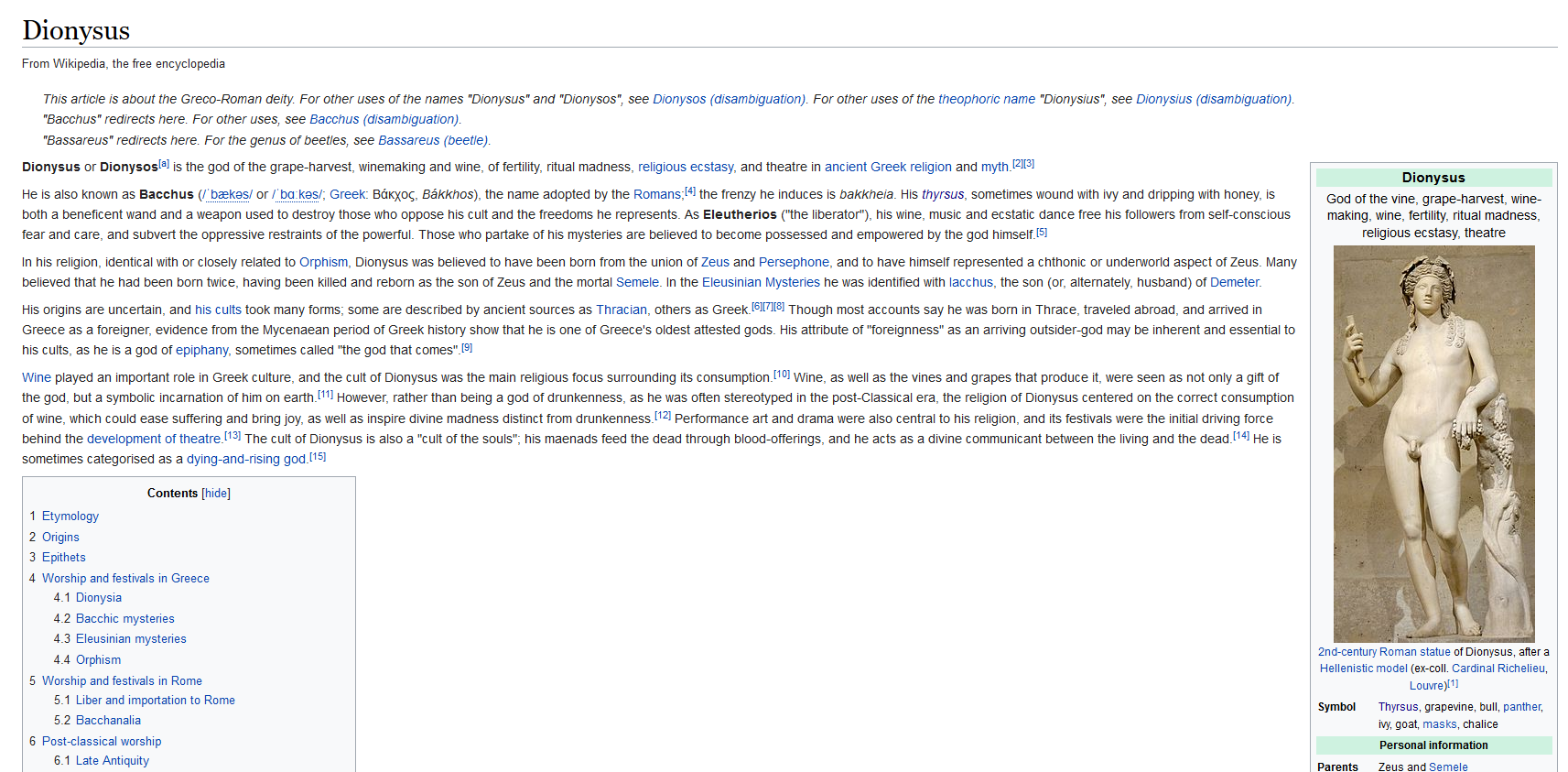
Look at all the interlinks (blue texts) in this Wikipedia article, and that’s just the introduction.
When you’re linking one page in your website to another, it’s called an internal link, since those pages all belong under that website.
Internal links are super important if you want to keep visitors in your website, to keep them moving from one content to another, one product to another.
And also keep your bounce rate low.
A bounce happens when a visitor leaves your website after having only visited one webpage.
For blog posts and articles, the bounce rate is usually around 70%, so if you can’t keep it around or lower than that, you have to rethink your interlinking strategy.
Search engines such as Google tracks certain user interaction with your page to determine your ranking.
Which in this case, having a lower bounce rate – fewer people exiting your website after only visited one page – can be beneficial for your ranking.
Now that you know what is internal linking and why it’s important, how do you choose to link from one page to another?
1. The topic must be relevant
Interlinking is not only a way to guide your visitors from one content to another.
It’s also a way to reinforce Google’s understanding of your authority on a certain topic.
Let’s say you have a silo for muscle gain, and you interlink them. This is a way of telling Google that you have all these related content on muscle gain.
So the next time someone searches for muscle gain on Google your website might be shown right up there.
Now, you can interlink your pages if there is a topic relevance at the post level or sentence level.
Even if the content is majorly about muscle gain, but if one of the sentences mentioned yoga, then you can definitely link that keyword “yoga” to a yoga-related content.
Here’s an example of a simple hyperlink in a sentence.
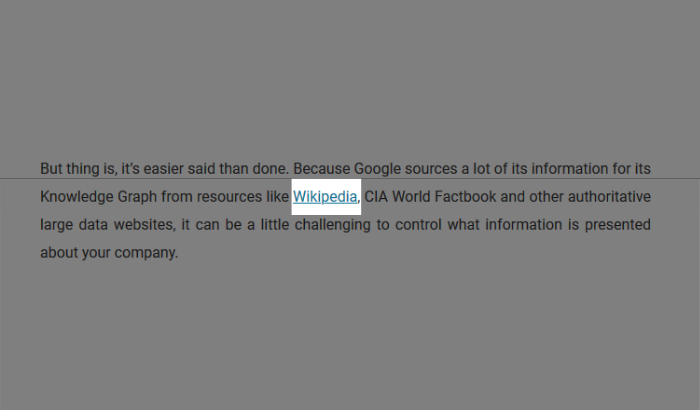
When you want to draw more attention, you can also create a box to showcase that blog post specifically.
Like this.

Another way is to put in recommended posts.
You have probably seen this everywhere, even on YouTube. Once your video ends, the screen will be filled with thumbnails of recommended videos.
Recommending related content must be great. Amazing even. Why else would YouTube be doing it right?
A simple way to integrate recommended posts into your content is by listing them down after the conclusion of your blog post.
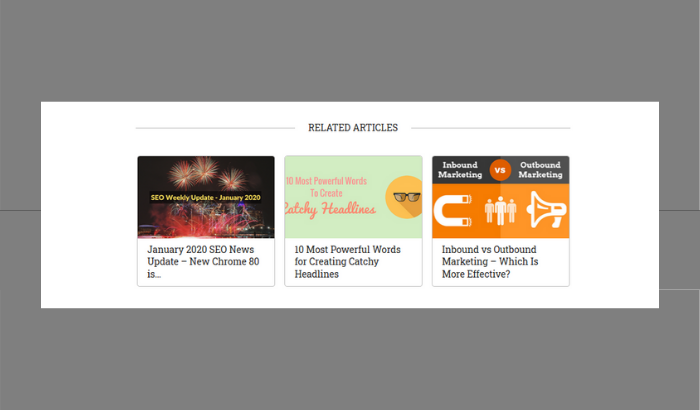
2. You should push your readers along the buyer’s journey
The deeper you dive into a silo, the more specific the content goes.
And the further along the silo is your reader, the further along the buyer cycle they should be.
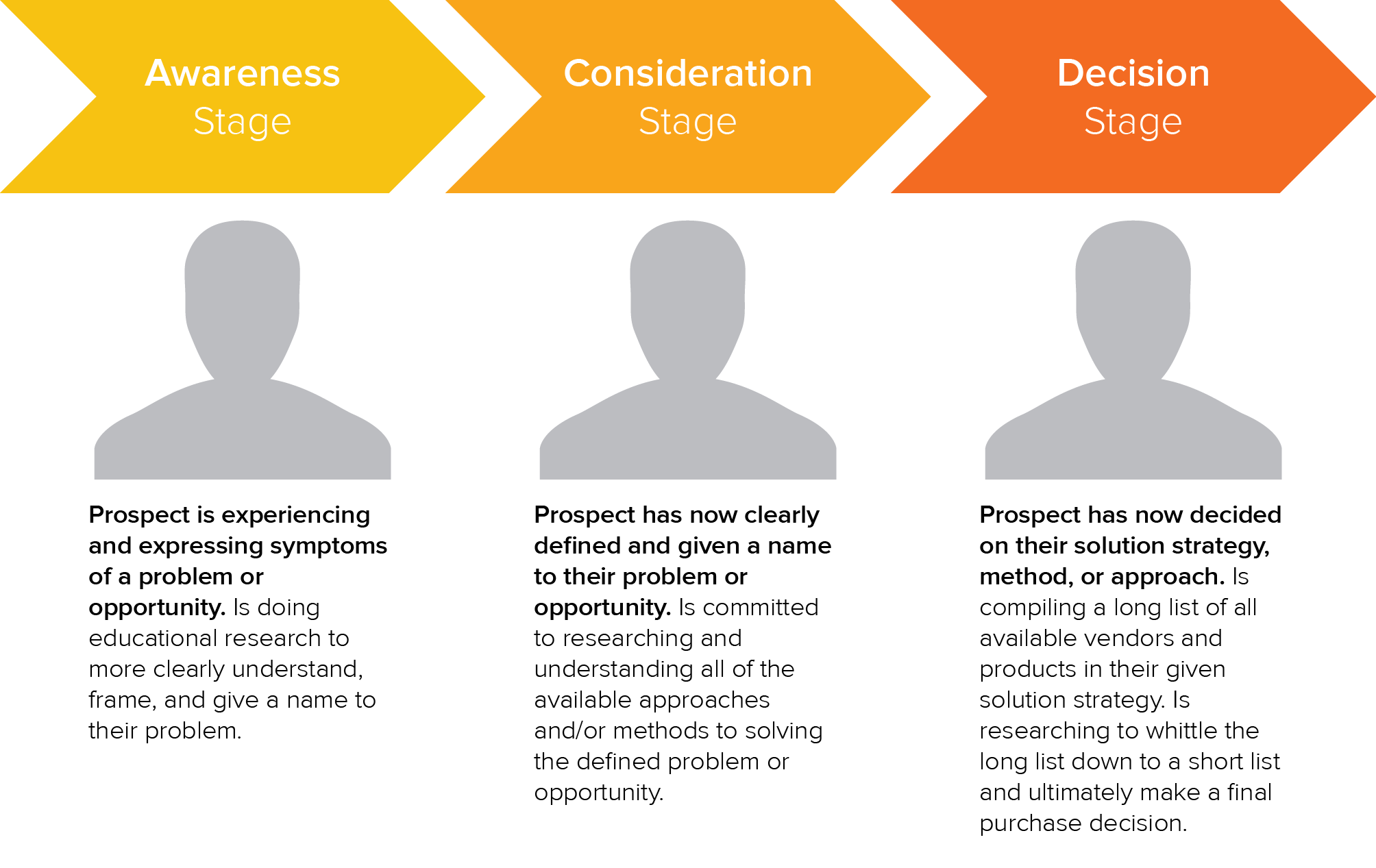
Your content should be synchronised with your potential buyer’s journey.
How can that happen?
Through interlinking.
Interlinking is another way to push, or in a better word, guide your readers gently down the funnel.
They may have reached you through your general article targeting a short tail keyword. You can then strategically place links there that leads them to related content further down the silo.
If you led them down the funnel on the topic they’re looking for, then you’ve hit the jackpot.
Just using content alone, you could have warmed up these readers enough to turn into a lead or even a client.
Remember the example I’ve shown before?
Informational – What is muscle cramps > Actionable advice – Integrating stretching into your workout routine > Guide with product example – How to stretch out your back muscles using a rolling foam
Keep the buyer’s journey silo you have created in mind, and link your contents from the first silo to the second silo as a way to guide the readers further along.
An important part of keyword research is identifying the keyword gap.
You’re comparing your keyword rankings with your competitor’s keyword ranking. From there, you can see which keywords they are ranking for that you don’t, thus, exploring new ranking opportunities and keywords to write about.
At SEOPressor, we conduct Keyword Gap Analysis using BiQ’s rank intelligence tool.
I used to do that manually on Google search, but with the tool, I can get more data in a shorter time, which is definitely a plus.
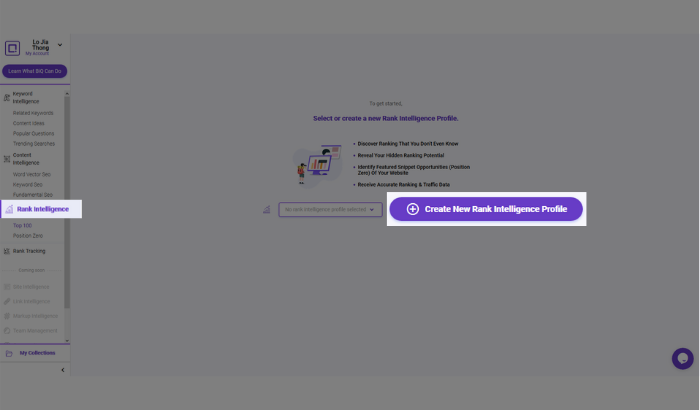
So what you want to do is just click on the Rank Intelligence bar at the left, then click on create a new profile on the menu.
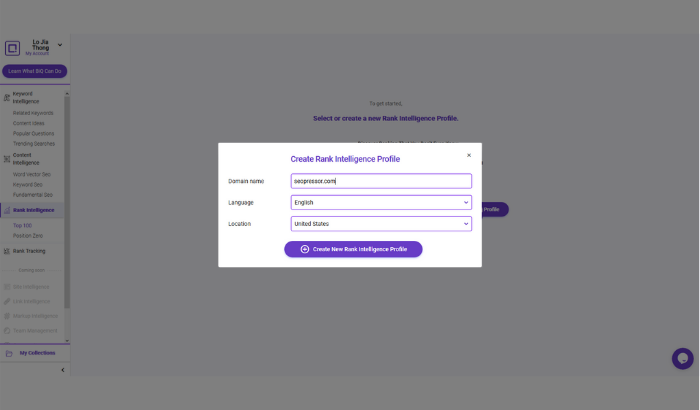
Now, you can put in any of your competitor’s website here to get a glimpse on your keyword rankings.
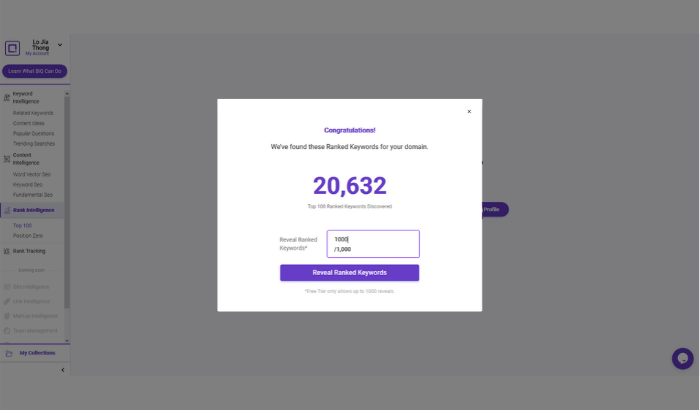
Once you’ve keyed in the website, you need to choose how much of the data you want to be shown. Since I’m on the free tier plan, I just chose the maximum available which is 1000 keywords.
That is already a lot to work on, so don’t worry about not being able to see all the data.
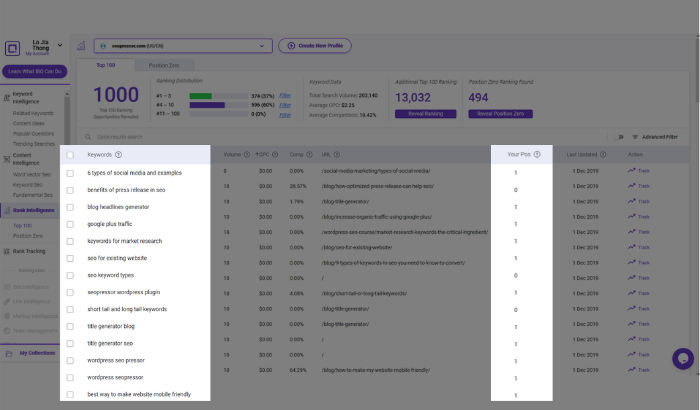
You can then filter the keywords based on rankings, or search volume, there are more but I find those 2 the most useful.
Now that you have the keywords ranking of your competitor, you just repeat and rinse the same process for your own website, then compare which keywords you should be ranking instead.
Amazing right?
This is a wonderful trick to use to explore and create a keyword profile that you can be sure is profitable for your own content creation effort.
Filter and categorize the keywords based on your keyword silo
Now that you know which keywords to target, remember the keyword silo that you have set up earlier?
Now, to create a list of keywords that you can use.
1. Filter your keywords based on search volume, or competition, or a mix of both. But I usually go with search volume.
2. Pluck out those that your competitor is ranking for that you’re not.
3. Identify which silo they belong to and keep a record of that.
4. Now you can create content that you can have a good reference on (your competitor), which you know will bring in good traffic (search volume), you also know which other contents you can link your readers to based on your keyword silo.
Ultimately, understand that every keyword result is unique and that can be down to a single letter ‘s’ which separates singular and plural keywords.
Just like “teddy bear” vs “teddy bears” — can create the difference between the former being an informational query and the later a transactional one.
If you are looking to do digital or content marketing at all, keyword research is a must-do process.
Updated: 27 December 2025


Save thousands of dollars (it’s 100x cheaper)

Zero risk of Google penalty (it’s Google-approved)

Boost your rankings (proven by case studies)
Rank High With This Link Strategy
Precise, Simplified, Fast Internal Linking.
